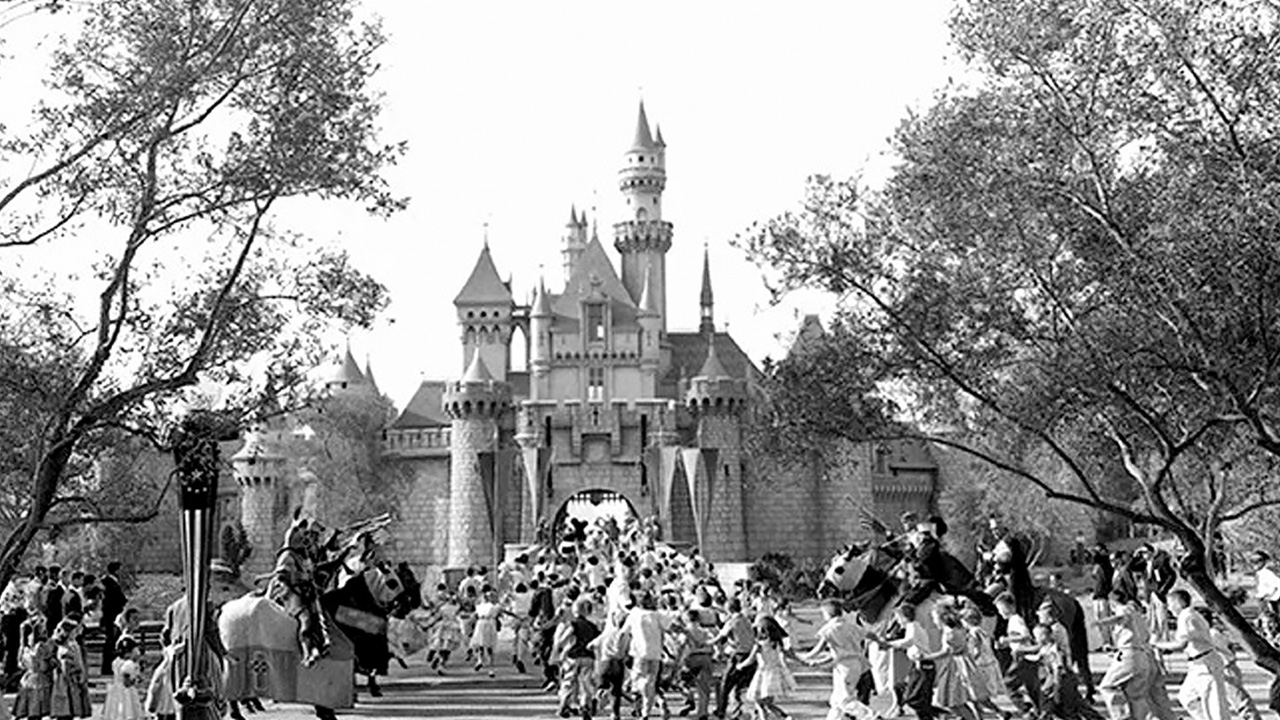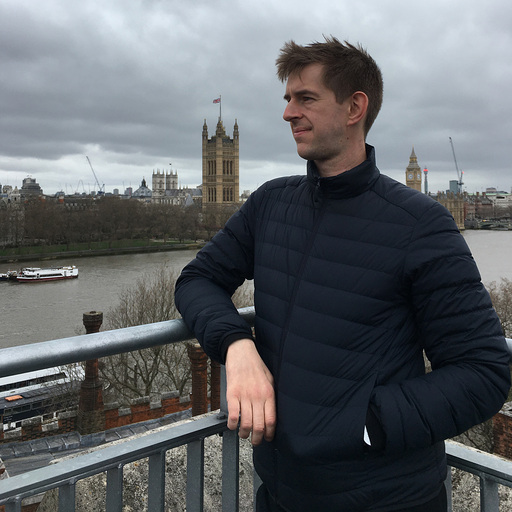Singapore’s New Metro Line is Construction Hell
- Youtube Views 1,135,843 VIDEO VIEWS
Video narrated and hosted by Fred Mills. This video contains paid promotion for Masterworks.
SINGAPORE, an island city state in southeast Asia known for its world famous landmarks, unique culture and delicious food. But even more tasty than a plate of chilli crab is Singapore’s metro system, the Mass Rapid Transit.
The MRT is one of the best underground systems in the world: it’s quick, reliable and absolutely squeaky clean. As if that’s not enough, it’s also being upgraded with the Cross Island Line, a new 58-kilometre line that will be the longest on the entire network.
It will cut journey times across the island by more than half and be yet another thing that makes Singapore the happiest country in Asia. Unless of course you’re a civil engineer, because this tropical paradise is a construction hell.
You see, building a new underground line needs quite a lot of space and that's one thing Singapore is not particularly known for. So how do you build a new high frequency train line with 21 new stations on a tightly packed island smaller than London? With difficulty.

Above: Singapore is a densely populated city state.
The Central Catchment Nature Reserve is one of only a handful of reserves in Singapore. In it, you'll find around 1,600 types of plants and a host of animals like the Asian Fairy-bluebird and the banded leaf monkey. It’s a much loved and needed green space in the heart of the third most densely populated country in the world.
Pasir Ris, on the other hand, is a fairly typical densely populated neighbourhood, home to a growing population of over 150,000, a shopping mall and Wild Wild Wet. They look very different, but they both have something in common: they’re both causing big problems for the latest addition to Singapore’s MRT.
The Land Transport Authority announced the plan for the Cross Island Line in 2013 and began construction in January 2023. It will be opened in two phases, with trains running from Aviation Park to Bright Hill from 2030 and from Punggol to Jurong Lake District by 2032.
Once up and running, the line will serve new districts as well as relieve pressure on the existing East West Line. But the route will also bring it directly into conflict with the central nature reserve.
When the original route was announced, nature groups protested against what they saw as being a massive intrusion on one of the island's precious few natural areas. But how does a tunnel that runs underground affect the flora and fauna of the park? The answer changes depending on how deep you go.

Above: Singapore’s Central Catchment Nature Reserve.
Tunnelling just below the surface in the soft soil produces a lot of liquid, which can contaminate the groundwater of the park, it can also destabilise the soil and lead to settlement. This is true of any near surface tunnelling project, so engineers either take great care to monitor the risk, or they choose to go deeper.
This means drilling through bedrock which, although is much harder, provides more stable conditions for a tunnel. But to do that, you first need to find out where the bedrock is and that means drilling down into the earth until you hit it.
The LTA’s initial plan to do this was to clear a path through the reserve to allow easy access for the borehole machines. And that’s not all. There’s also the issue of getting the tunnel boring machine in and out of the ground. To do this, the LTA had earmarked large areas of the reserve as entry and exit points.
Nature groups feared all this would turn Singapore’s largest nature reserve into a huge construction site and estimated 15,000 square metres of lush forest would have to be cleared. An alternative route was proposed which would skirt around the southern edge of the reserve, but that came at a price, specifically, an additional USD $1.5BN. Along with the six extra minutes this would add to journey times, the alternative alignment was considered too costly.
In an unprecedented move, the LTA spent six years working with the Nature Society of Singapore to find a way to build the tunnel without causing any damage to the reserve, before they announced the final route in 2019.
The plan they came up with was to use an existing trail to transport borehole machinery used to conduct the soil tests. Once the rock depth was established, extensive biodiversity studies were undertaken before new launch and retrieval shafts were agreed upon.
That might seem like a simple solution but there’s a twist. The alignment under the nature reserve had pushed the depth of the line down to 70-metres at its lowest spot, more than double the average depth of an MRT line.

Above: How Pasir Ris Station will look.
That means you need some deep stations to serve it, including the new stop at Pasir Ris, which will become the deepest station on the network.
Here a new station hall is being constructed for the expanded interchange station, but at 47-metres deep, it too faced problems. To counter the wet, unstable soil, a diaphragm wall will be constructed to act as a foundation for the new station hall.
But again Singapore's dense urban environment threw up problems. One side of the diaphragm wall will run directly between two active viaducts for the East West line. Specialist equipment is being drafted in to allow the team to conduct their work, including a low headroom crane and trench cutter, but that’s not enough.
A fairly standard feature of diaphragm walls are waterstops. Diaphragm walls serve a lot of functions, but a significant one is to hold back ground water from the structure. Where walls are particularly vulnerable to water seeping through is at the joints between different concrete panels.
Waterstops come in all sorts of shapes and sizes, but the idea is that they provide an impermeable seal in a joint. When a concrete panel is being poured, waterstops are fitted about halfway in, when the neighbouring concrete panel is poured, it creates an impermeable seal which stops water destroying the joint.
They’re effective but there’s a problem: they need a lot of space for crews to install. To get around this, the team at Pasir Ris are using a different method known as “overcutting”.
Here, concrete slabs are poured in sequences. When the middle slabs are created, the trench cutting machine deliberately cuts a notch into the neighbouring slabs. When the middle slab is poured, concrete fills this notch, again creating a seal against water.
When that method is applied around the whole site, it creates a solid, waterproof box for the new Pasir Ris station to sit in. These are just two examples of the lengths engineers here have to go to keep 3.5 million Singaporeans a day moving.
While the benefits these solutions provide might seem marginal – a six minute detour here, or an extra deep station there – they create the kind of levels of public satisfaction and efficiency and safety that passengers on other metro systems could only dream of – we’re looking at you, New York.
Building it might be a nightmare, but knowing that they've helped create one of the world’s best metro systems will be enough to help any engineer sleep at night.
This video and article contain paid promotion for Masterworks, you can skip their waitlist here.
Video narrated and hosted by Fred Mills. Additional footage and images courtesy of Land Transport Authority, CNA, MEDIACORP HD5, The Straits Times.
We welcome you sharing our content to inspire others, but please be nice and play by our rules.








